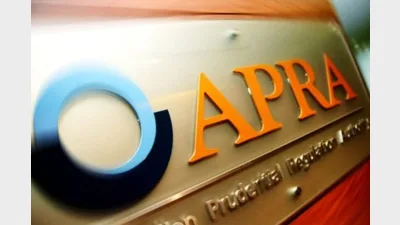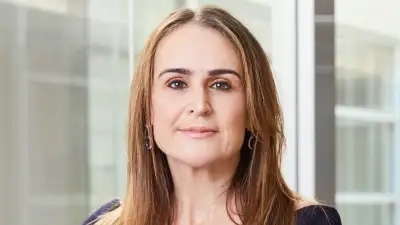(March-2002): The other side of the fixed interest coin
Not worth the bother
According to Mercer, traditional Australian fixed interest products typically focus on generating 50 to 75 basis points a year of excess return, mainly through forecasting macroeconomic variables affecting bond yields and credit spreads.
They did achieve high levels of excess returns from the mid-1980s through to the mid-1990s. But Simon Romijn, Mercer’s head of fixed interest research in Australia, says it has become increasingly evident in recent years that managers are finding it difficult to produce these excess returns. Going forward, he says, there is also little to suggest that they will be able to do better in the absence of any new structural theme, such as substantial changes in bond yields or credit spreads.
Up until now, Mercer has tried to identify superior traditional products that could produce sufficient excess returns, despite the poor median manager results, to justify investor interest. But this has been hard.
“Even ‘superior’ managers, based on our research, find it difficult to achieve consistent above median performance or to produce sufficient excess returns to warrant investor interest on an after-fees basis,” says Greg Liddell, Mercer’s head of research.
Mercer found that over the last five years, the value added by top quartile managers over rolling five-year periods has fallen from 50 basis points a year to 25 basis points. Its research also shows that on a risk-adjusted basis the decline in performance has been greater.
Managers have also not been able to sustain superior performance over longer periods. There may be a small number with strong long-term track records relative to their peer group, but according to Mercer, this showing is likely to be a statistical outcome of chance rather than one of superior skill.
Mercer now plans to focus its research efforts on the enhanced passive approach to Australian fixed interest investing, which aims to exploit a wide range of security-specific pricing anomalies, each of which adds only a modest amount of excess returns, but which, in aggregate, can generate levels of excess return ranging from 10 to 30 basis points a year on a before-fees basis.
Relative to traditional active products, the returns generated by enhanced passive managers have been attractive both before and after fees, and particularly on risk adjusted terms,Mercer says.
A free lunch
Frank Russell believes that managers can consistently add value in an Australian fixed interest portfolio through effective research, manager selection and fund construction. Proof of this are the returns from Russell’s own multi-manager fund, which has outperformed its benchmark by 27 basis points on average in each of the four calendar years since inception.
While 30 per cent of the index is made up of corporate issues, Russell’s portfolio manager Symon Parish says this number will increase going forward, broadening and deepening the market as government issues dry up.
Being able to select corporate bonds, and to avoid risky issues like Enron, will require more skill. So will the ability to rotate between government, semi-government and corporate bonds. And, picking active managers that are good at this will become harder, says Parish.
Some super funds may use their risk budget elsewhere because the payoff from Australian fixed interest isn’t that great. But Russell associate portfolio manager for fixed interest Andrew Sneddon says most investors are getting these extra returns for free and without increasing the risk at a total fund level. This is because the active risk is poorly correlated with the active risk elsewhere in the portfolio.
“The active returns may not be spectacular, but you are not getting more risk so you might as well have them,” says Sneddon, noting that passive management isn’t free either.
Turning to the binary nature of payoffs from credit risk, Parish notes active management’s importance in helping to avoid credit events. “If you invest in a bond, there are only two real outcomes. You either get your money back or you don’t. Active management is important in avoiding basket cases. With passive management you tend to hold basket cases because you are duplicating whatever it is that makes up the index,” he says.
“Stock selection reduces the risk. You also increase exposure to bonds that you have more confidence in. It all comes down to the quality of the research.”
And, if less people are actively managing Australian fixed interest, then less research is being done, giving active managers more opportunity to find good corporate issues through research.
Recommended for you
The corporate regulator has launched civil proceedings against Equity Trustees over its inclusion of the Shield Master Fund on super platforms it hosted, but other trustees could also be in the firing line.
The shadow minister for financial services says reworking the superannuation performance test to allow investment in house and clean energy risks turning super into a ‘slush fund’ for government.
Australia’s superannuation sector has expanded strongly over the June quarter, with assets, contributions, and benefit payments all recording notable increases.
The Super Members Council (SMC) has called on the government to urgently legislate payday super, warning that delays will further undermine the retirement savings of Australian women.











